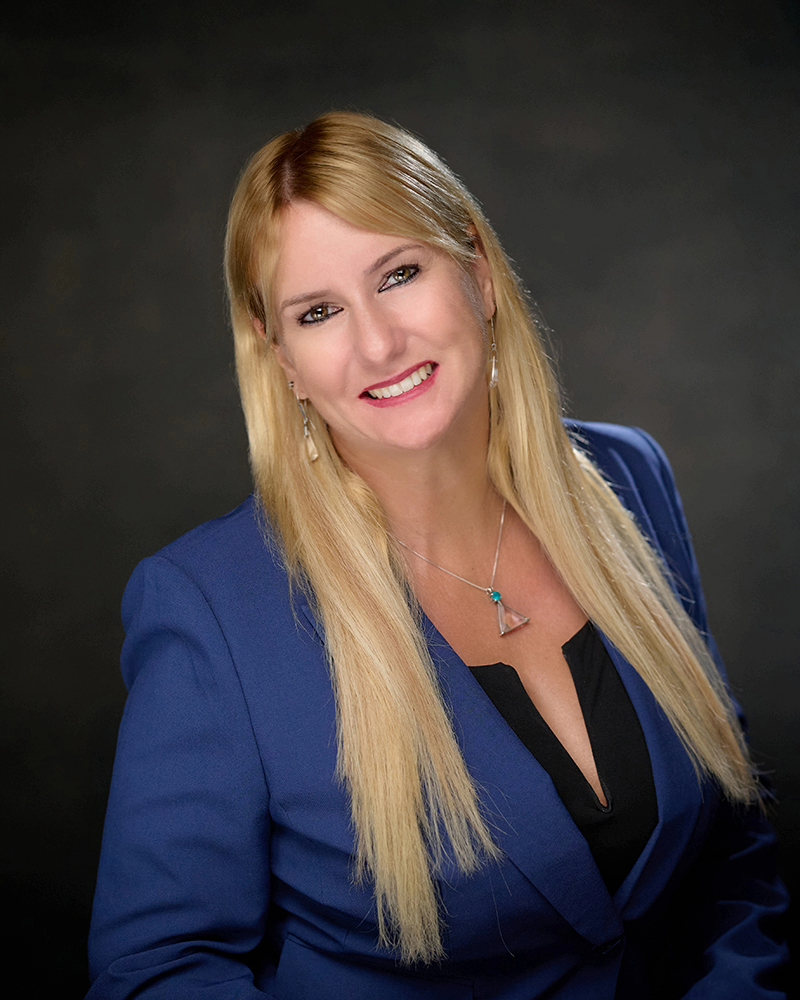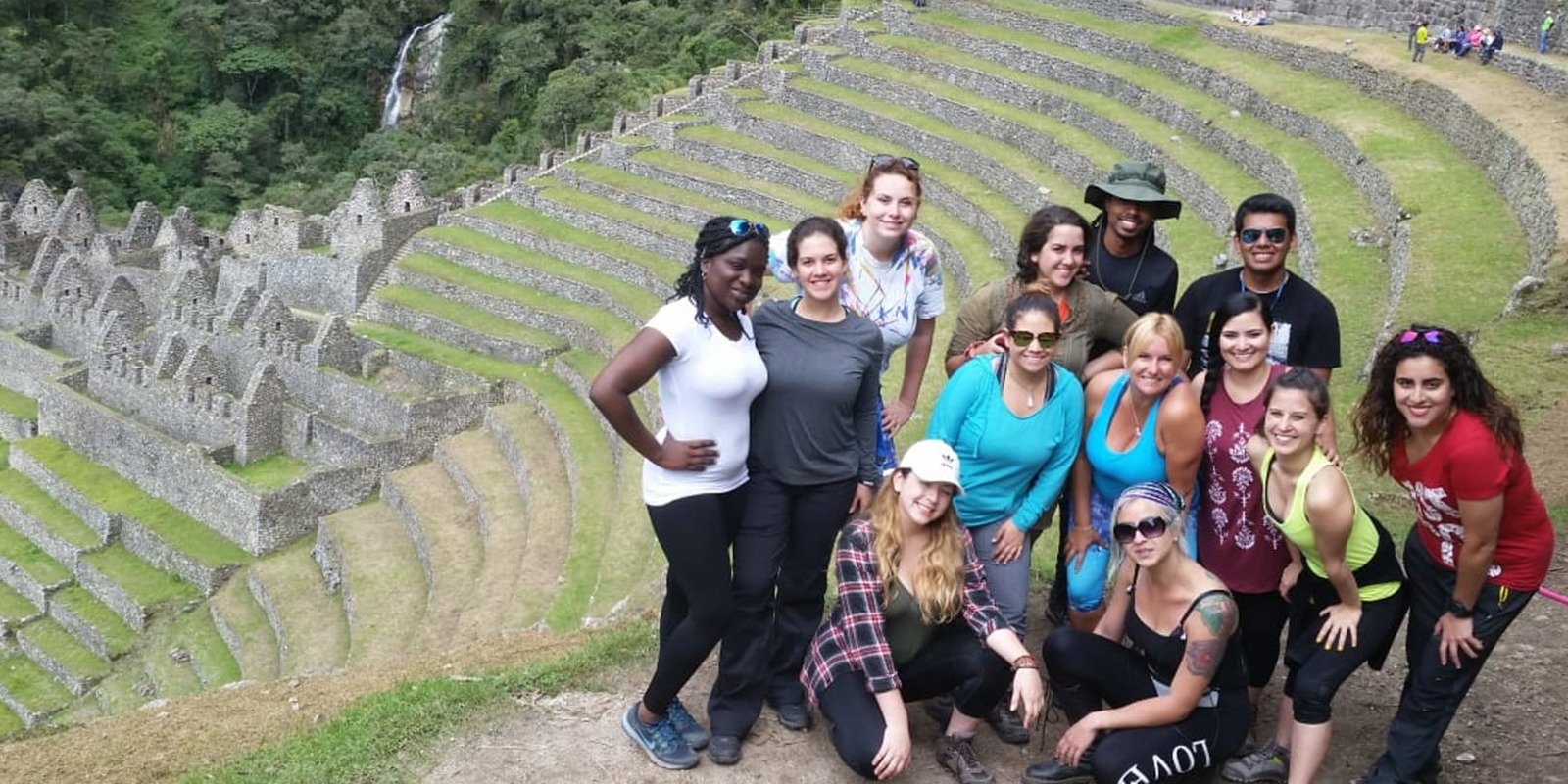What we’ve learned over the last two years is that as much as you try, you cannot prepare for everything, says Carolin Lusby, associate professor at the FIU Chaplin School of Hospitality and Tourism Management and co-director of the new online B.A. in Global Sustainable Tourism.
 With the new year in sight, Lusby offers her thoughts on the future of the hospitality industry, its shifts and the awareness that has come because of COVID-19 and the fast growth of tourism.
With the new year in sight, Lusby offers her thoughts on the future of the hospitality industry, its shifts and the awareness that has come because of COVID-19 and the fast growth of tourism.
“Travel is now part of life, it includes independent travel and authentic and cultural experiences, which are growing areas,” she says.
Making connections
A native of Germany, Lusby grew up in Europe and traveled extensively. It’s on these travels where she made friendships, created understanding and became enamored with the hospitality and tourism industry.
“Not all travel is created equal,” she says. “You can stay in your bubble or get to know the nature and local communities.”
Practicing full immersion, Lusby developed two passions, which really work in synergy: the well-being of people and connecting people to others. Her focus on personal relationships, she says, has shaped the way she approaches her research as she’s been published extensively on the cultural benefits and threats of global tourism.
A Fulbright scholar, she continues her own research on the industry with work centered on empowering communities and creating income streams that use tourism as a tool to conserve forests.
Miami microclimates
Lusby sees Miami as an interesting case study because of its “microclimates” and how the city has tried to get away from the typical beach and nightlife idea. The new emphasis is to create microclimate draws with more eclectic pulls like Wynwood, Little Haiti, the Everglades, etc., that highlight the unique subcultures that Miami possesses. She adds that Miami also has many “greening” needs.
“There are definite environmental issues like sea level rise and red tides that we have to be aware of within hospitality and tourism,” she offers. “But there are so many smaller movements happening like food recycling, clean-up programs and volunteering that tourists can connect with.”
Along those lines, Lusby outlines five ways the hospitality and tourism industry will connect with consumers. These areas, she says, will be the guiding forces over the next few years for the industry.
Putting it together
Lusby sees signs that travel and tourism are slowly coming back. FIU is designing curricula that look at the issues and provide the framework for solutions. She references a new well-being class that explores what consumers want. The course takes a global look at happiness and how that translates to applicable strategies.
“We’re exploring how we can incorporate some of those lessons to create a better experience in the hospitality and tourism industry,” she adds and stresses that true resilience depends on adaptation, as well as strong curriculum and new grads ready to tackle what’s thrown at them in the field.
“It’s going to be challenging, but we see the changes and are preparing our grads to make the connections needed to build resilient communities,” she concludes.
